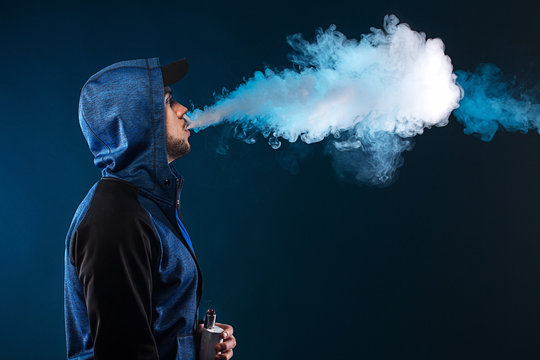C Liquid Vape Regulations Around the World: Legal Considerations and Health Advantages
The vaping market has grown rapidly over the past decade, introducing innovative products, including c liquid vape. These liquids, sometimes laced with synthetic cannabinoids or herbal extracts, offer an alternative to nicotine-based vaping. Due to their unusual composition and psychotropic characteristics, C-liquid vapes have received regulatory and public health interest globally. Regulations and perspectives on these goods' health advantages differ across borders as governments balance innovation, health protection, and social norms.
Changes in Global Law
Country-specific laws on C liquid vape items vary. Federal entities like the FDA mostly set US regulations. While nicotine-based vapes are FDA-regulated, C liquid products with non-nicotine cannabinoids or other psychotropic substances like synthetic cannabinoids remain uncertain. Some states allow their sale under tight restrictions, while others ban them due to safety concerns and lack of scientific confirmation.
The UK regulates vaping products, including C liquids, more systematically. Vape product manufacturers must register ingredients, emissions, and safety data with the MHRA. C liquids with prohibited chemicals like synthetic cannabinoids are usually banned from being sold and used in the UK unless medically necessary.
The EU follows the Tobacco Products Directive (TPD), which regulates e-cigarettes and refill containers. Specific standards allow ordinary vaping liquids, but C liquid vapes with psychotropic or new compounds often fall under national drug laws, leading to varying regulations among member states. German and French authorities have banned such items as hazardous or harmful.
Asian nations like Japan and South Korea are more conservative. Japanese pharmaceutical regulations prohibit C liquid vapes containing active psychoactive ingredients and allow only nicotine-free vape liquids. South Korea considers several cannabis products illicit drugs. However, Thailand, notorious for harsh drug prohibitions, has lately relaxed cannabis rules, which may affect the C liquid vaping policy.
Australian regulations are among the harshest. Nicotine and other psychotropic ingredients in vaping devices require a prescription, rendering C liquids inaccessible to most consumers. Health officials advise caution due to the unknown long-term effects of new vaping chemicals.
Considering Health Benefits
Despite regulatory issues, C liquid vape product advocates tout health benefits. C beverages often deliver anti-inflammatory, anxiolytic, and analgesic cannabinoids like CBD or legal analogs. Chronic pain, stress, and sleep difficulties are usually relieved. Vaporization reduces carcinogen exposure by eliminating smoking.
Some suggest C liquid vaping as a harm-reduction technique for quitting tobacco or other dangerous substances. The controlled and progressive release of specific cannabinoids may help manage cravings and withdrawal symptoms without tar and CO. This strategy supports public health goals to reduce smoking-related illness burden.
Despite anecdotal evidence, these benefits lack clinical proof. Many C liquids are not safety-tested. Thus, health authorities advise against unregulated use. Lack of ingredient transparency and contamination or mislabeling pose significant health risks. Synthetic cannabinoids can cause anxiety, psychosis, and even death.
Future Regulation and Public Perception
Clear, evidence-based rules are needed as C liquid vaping becomes more popular. International health agencies and local governments are investing more in pharmacology and the health studies of these items. Scientific consensus, consumer safety demands, and changing societal views toward vaping and marijuana usage will likely shape regulatory frameworks.
In the meantime, education and transparency are crucial. Consumers need accurate information on C liquid vape product contents, effects, and hazards. Even without regulatory requirements, manufacturers must improve safety and quality. The worldwide community can only manage C liquid vape regulation and reap its health benefits by working with regulators, industry, and public health institutions.




Comments
Post a Comment